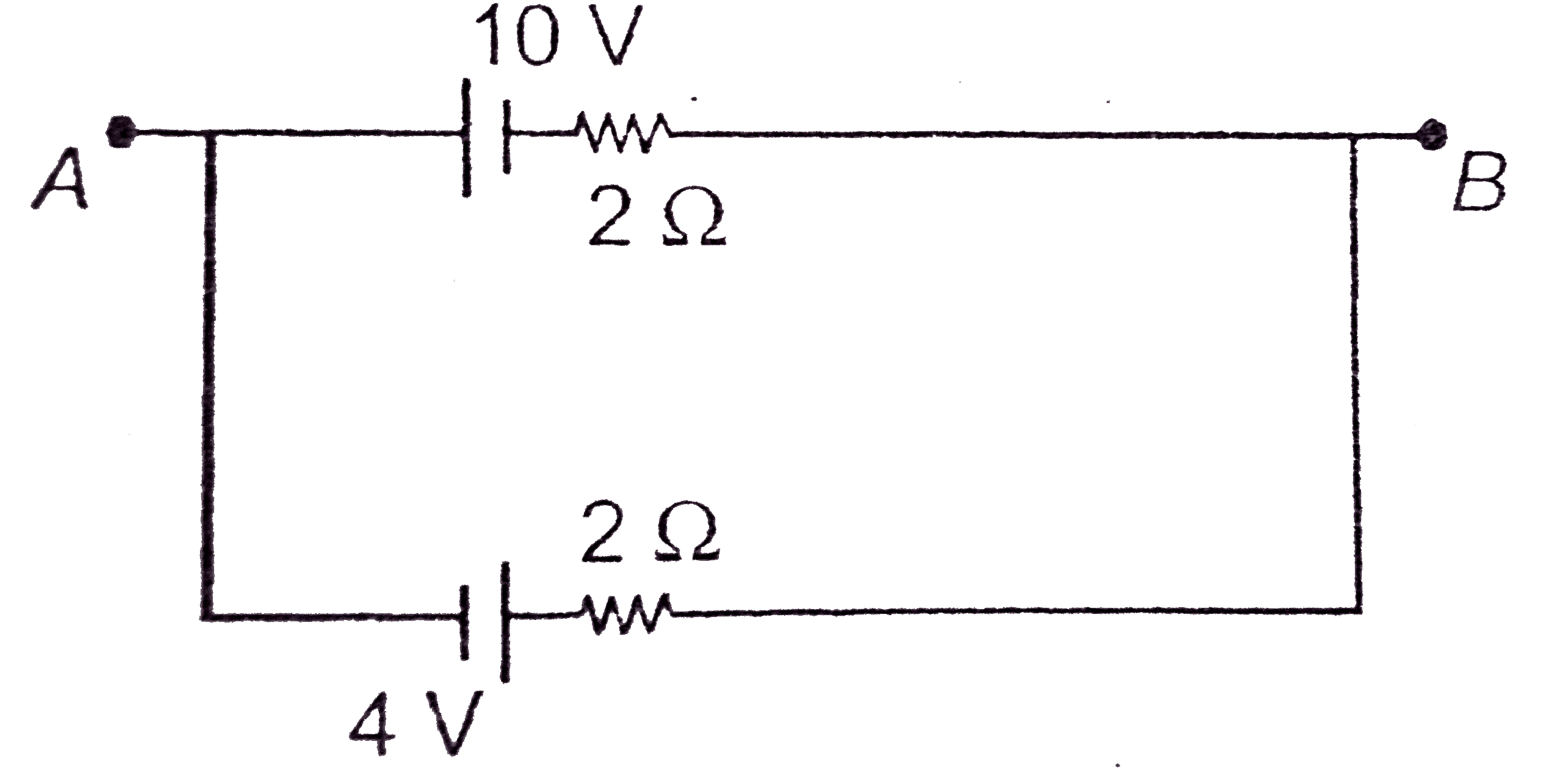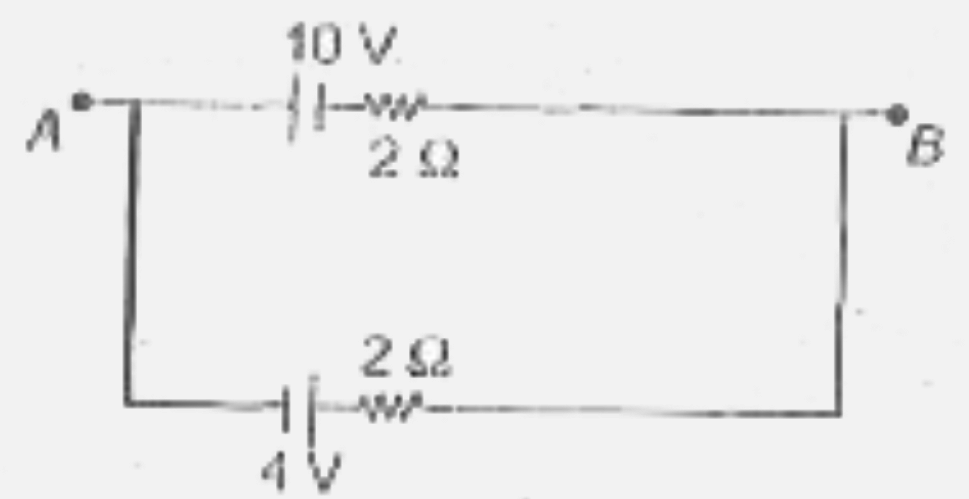
Consider the situation shown in figure. Find distance of image of P from eye E.
Video Solution
Text Solution
Shift by (1), t1(1−1/μ1)=2(1−1/2)=1cm
Shift by (2), t2(1−1/μ2)=3(1−1/3)=2cm
Shift by (3), t3(1−1/μ3)=4(1−1/4)=3cm
Total shift =1+2+3=6cm
Image of P is formed at I.
PI=6cm
EP=4+4+2+3+2+2+4=21cm
EI=EP−PI=21−6=15cm
|
Topper's Solved these Questions
- REFRACTION OF LIGHT BY PLANE SURFACESBOOK - CP SINGHCHAPTER - REFRACTION OF LIGHT BY PLANE SURFACESEXERCISE - Exercises
110 Videos
- REFRACTION AT SPHERICAL SURFACESBOOK - CP SINGHCHAPTER - REFRACTION AT SPHERICAL SURFACESEXERCISE - EXERCISES
105 Videos
- SEMICONDUCTORSBOOK - CP SINGHCHAPTER - SEMICONDUCTORSEXERCISE - Exercises
140 Videos
Similar Questions
Knowledge Check
Consider the situation as shown in the firgure.
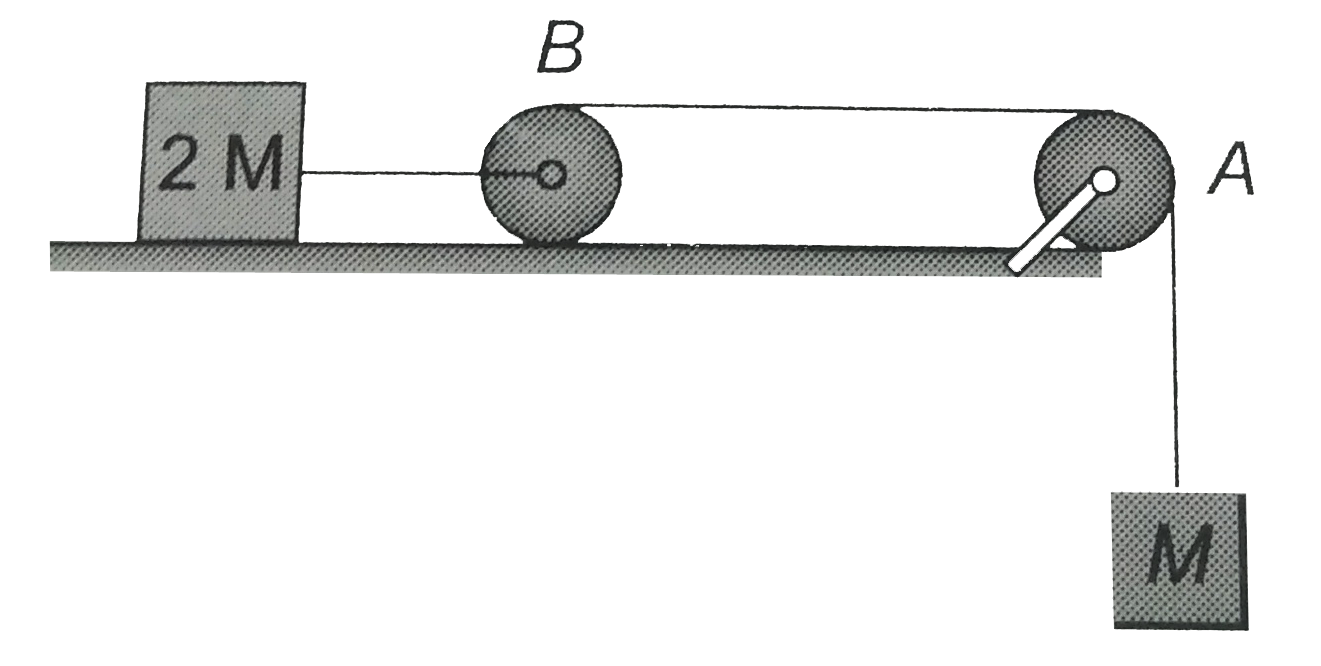 AThe accelaration of M is 2g/3.BThe tension in the string connecting A and B is Mg/3CThe reaction on pulley A is √2 Mg/3 at an angle 45∘ with the horizontal.DAll the options are correct.
AThe accelaration of M is 2g/3.BThe tension in the string connecting A and B is Mg/3CThe reaction on pulley A is √2 Mg/3 at an angle 45∘ with the horizontal.DAll the options are correct.Consider the situation shown in the figure.

Find acceleration of B.Ag7B2g7C3g7D2g5Consider the situation shown in the figure.
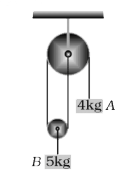
Find acceleration of A.A2g7Bg7C3g7D2g5
In the situation shown in figure, find the velocity of image.
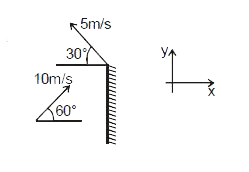
View SolutionIn the situation shown in figure, find the velocity of image.
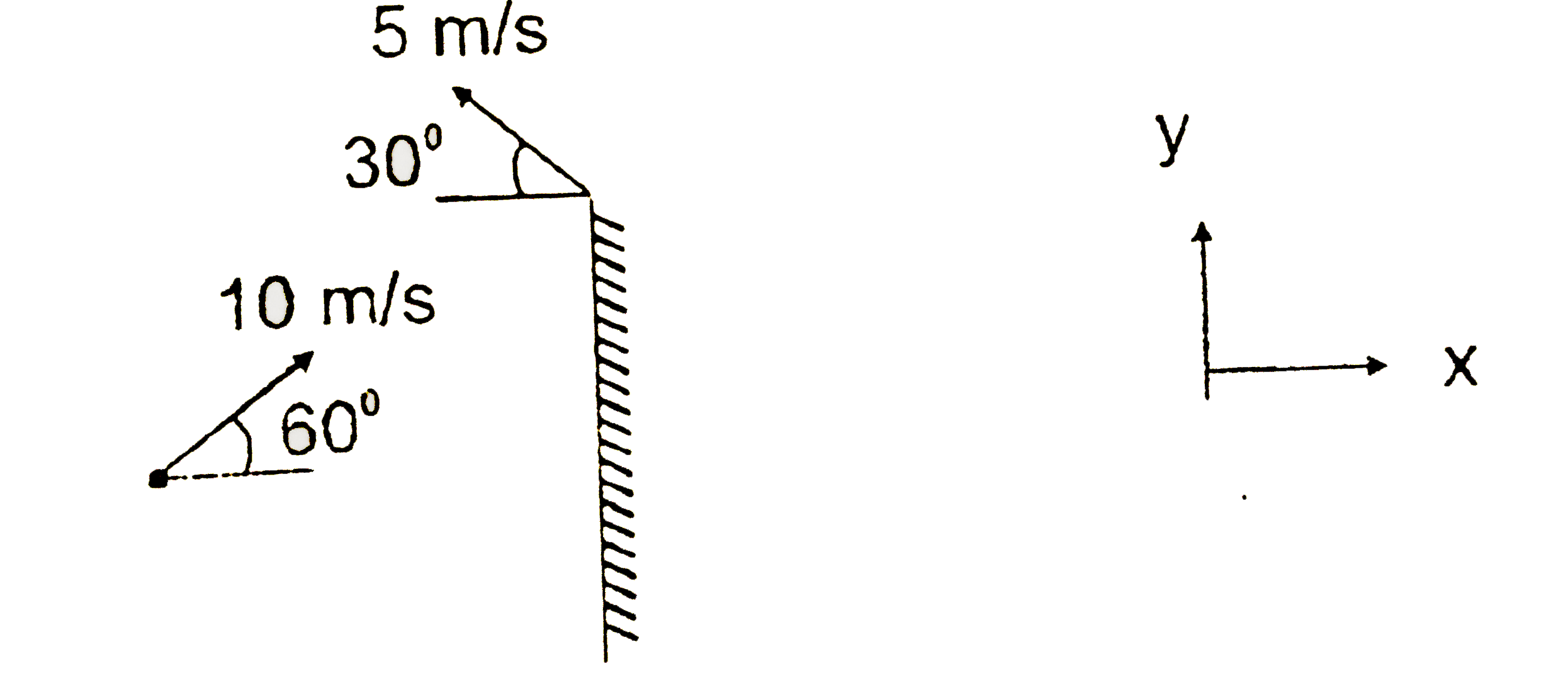
View SolutionConsider the situation shown in figure. Find the acceleration of the system and the tension in the strings.
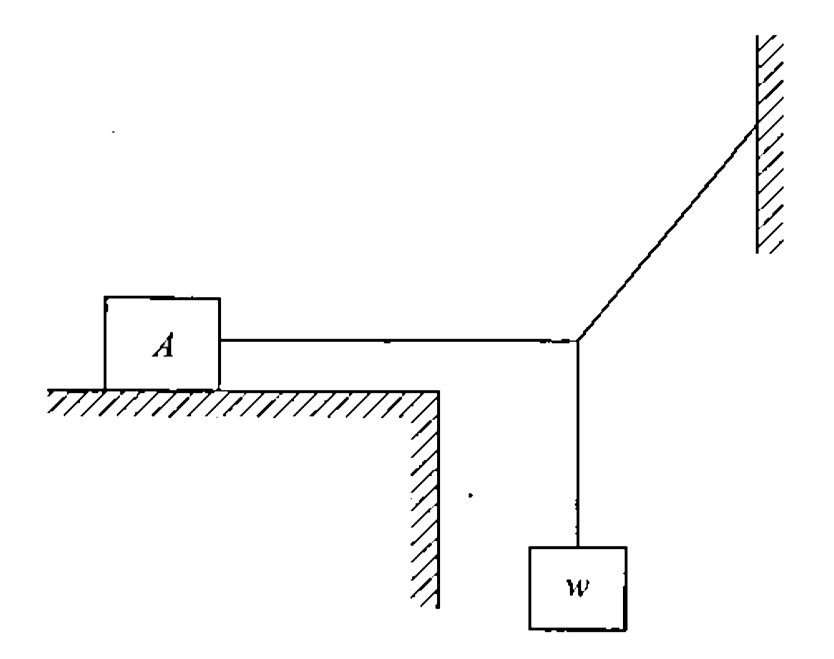
View SolutionConsider the situation shown in figure. Find the maximum angle theta for which the light suffers total internal reflection at the vertical surface.
View SolutionIn the situation shown in figure, find the velocity of image.
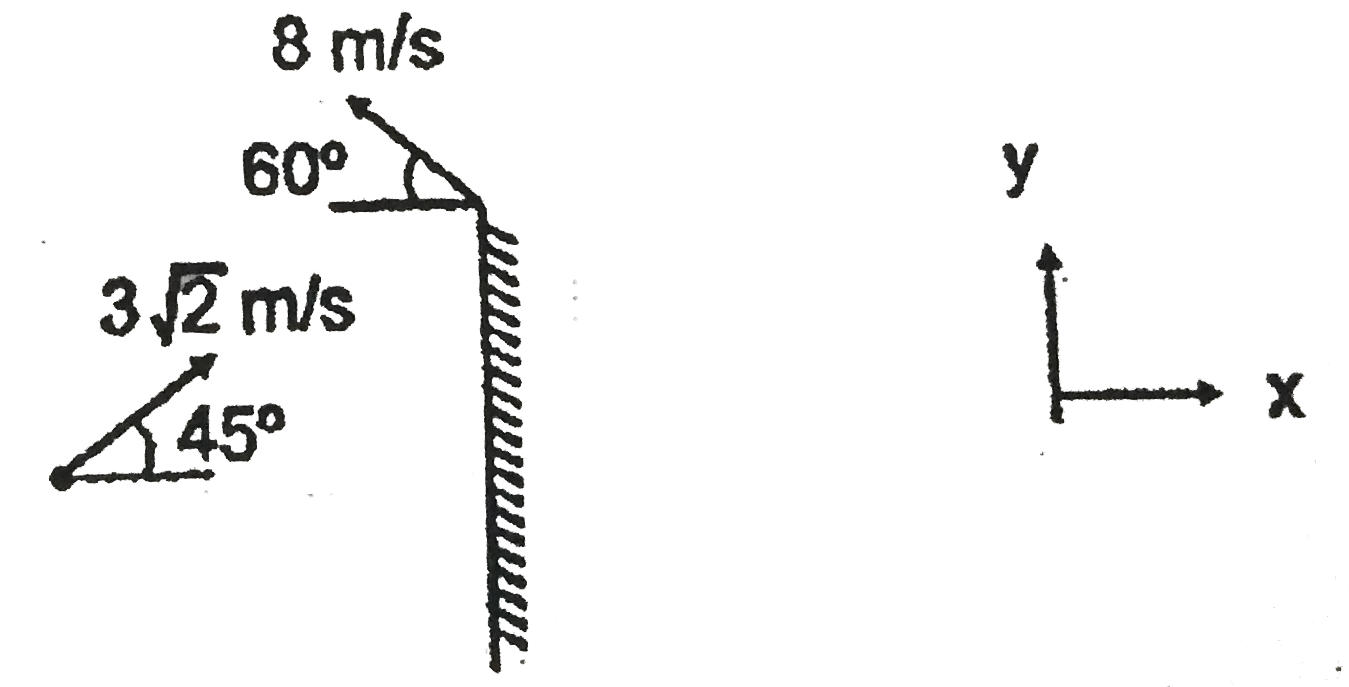
View Solution

